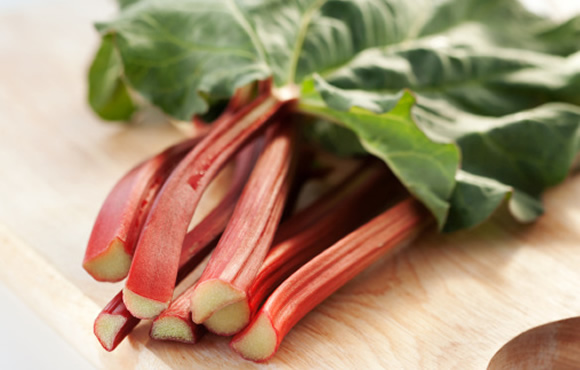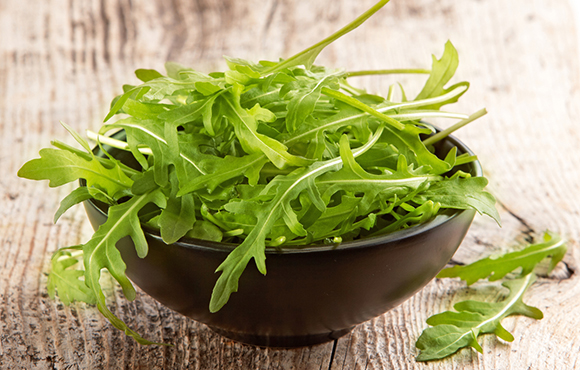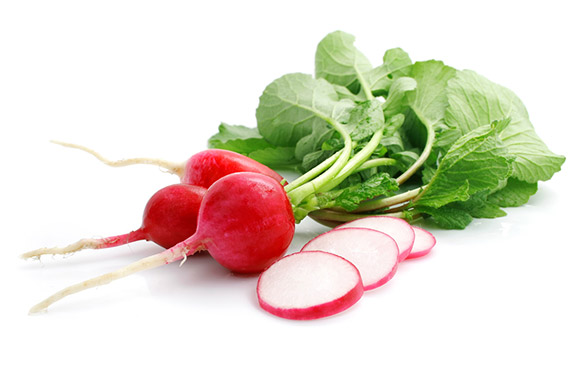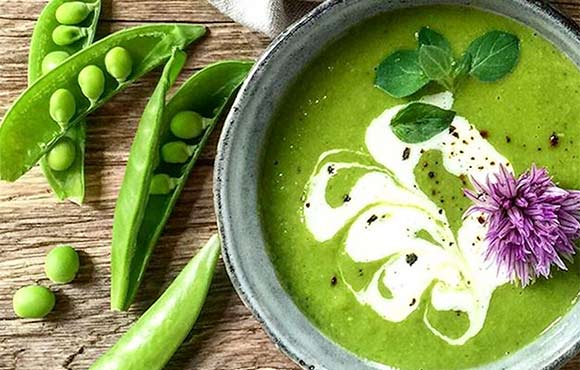Good news: This recharge in weight loss efforts is easily supported through a variety of seasonal foods that are at their peak during springtime. Embrace these delicious options, and you're sure to shed your winter weight.
Apricots
1 of 13
This vitamin-A packed snack—especially when dried—is a good source of fiber, making your snack both sweet and satisfying. Apricot season is very short, so grab them while you can. Eat them raw, roast them or you can even make them into wine.
Choose apricots that are firm to touch, plump in appearance and are a deep orange or yellow color.
Fresh Fish
2 of 13
When you visit the grocery store this time of year, avoid the fish in the freezer and pick up deliciously fresh fish. Trout, Dover and cod are just a few fish that are readily available in the spring.
When it comes to boosting metabolism, lean proteins are crucial. Fish is an excellent source of protein, iron and minerals.
Mint
3 of 13
Mint makes its debut in early spring. Many people already start their day off with lemon water to flush toxins, but add in mint and you may also ward off extra calories.
One study found that people who inhaled a peppermint scent every two hours ate 2,700 fewer calories per week than they normally did—that's nearly a one-pound loss. And the more you sniff these aromas, the more weight you'll lose, says Alan Hirsch, M.D. and neurological director of the Smell and Taste Treatment and Research Foundation in Chicago.
Lamb
4 of 13
Lamb is often included in Mediterranean diets, which have been shown to help lower the risk of cardiovascular disease. In addition, lamb consumption helps with regulating blood sugar, keeping metabolism in check and reducing cravings. Lamb also has a virtually non-existent carb content.
Add lamb to your Greek salad this season or braise loins in rosemary, garlic and red wine.
Rhubarb
5 of 13
Rhubarb is often the first fruit of spring. It is high in fiber, which helps keep the blood sugar steady and decreases cravings. It also contains an antioxidant called catechins, which are found in green tea, and are often associated with burning fat by speeding up your metabolism, according to the University of Maryland.
Chop it up and toss it with strawberries in a salad, and you'll have a delicious, sweet and crunchy lunch.
Mushrooms
6 of 13
Mushrooms mimic a meaty taste but have considerably less calories than animal proteins. They are full of vitamin D, riboflavin and niacin, and can be easily incorporated into many meals.
Add raw mushrooms to tossed salads, season cooked mushrooms with salt and pepper and fresh herbs, grill them on skewers with other veggies or chop and add them to soups and sauces.
Asparagus
7 of 13
There is nothing quite like the taste of fresh, in-season asparagus. This giant veggie (it can grow 10 inches in a 24-hour period) is one of the most nutritionally well-balanced vegetables, according to WebMD.
It's high in folic acid and a good source of potassium, fiber, thiamin and vitamins A, B6 and C. It's also very low in calories.
Fava Beans
8 of 13
Another Mediterranean staple, fava beans are in season from early spring through summer. Fava beans, or broad beans, are dense with nutrition and have no saturated fat or cholesterol. For vegetarians, they are an inexpensive, high-fiber source of lean protein. They also contain a healthy dose of folate, which is vital for energy metabolism.
Arugula
9 of 13
This cruciferous vegetable has a distinct peppery flavor and is often used as a base in salads or a topping in sandwiches. Arugula comes packed with antioxidants to lower your cancer risk, plus it is an excellent source of fiber and vitamins A, C and K.
With only 8 calories in a two-cup serving, you can get your fill of this delicious vegetable without doing any damage to your weight loss goals.
Peas
10 of 13
If you're looking to up your fiber intake, and you should be, if you're concerned about weight loss, then add peas to your diet this spring. Just a 1/2 cup serving contains 4.4 grams of fiber—that's more than a whole cup of oatmeal (not to mention the savings in carbs).
The niacin in peas can also help reduce bad cholesterol, so make sure to add a serving to your next salad or introduce peas as a regular vegetable side to your dinner.
Radishes
11 of 13
Radishes may not be a staple in your diet yet, but sauté them with olive oil, salt and pepper and you'll wonder why you waited so long to try them. Not only do radishes have high fiber content that promotes fullness, but they are also notably high in vitamin C and numerous hard-to-get minerals like manganese, magnesium, calcium and phosphorous.
A half-cup serving contains only 9 calories and a few grams of carbs.
Strawberries
12 of 13
Craving a sweet treat this spring but don't want to sabotage your weight loss efforts? Reach for a cup of strawberries to satisfy your craving with all-natural sugars. Like most berries, strawberries are packed full of antioxidants, which improve your overall immune system, reduce premature aging and even prevent certain cancers.
Strawberries are also fat-free, sodium-free and cholesterol-free.



Discuss This Article